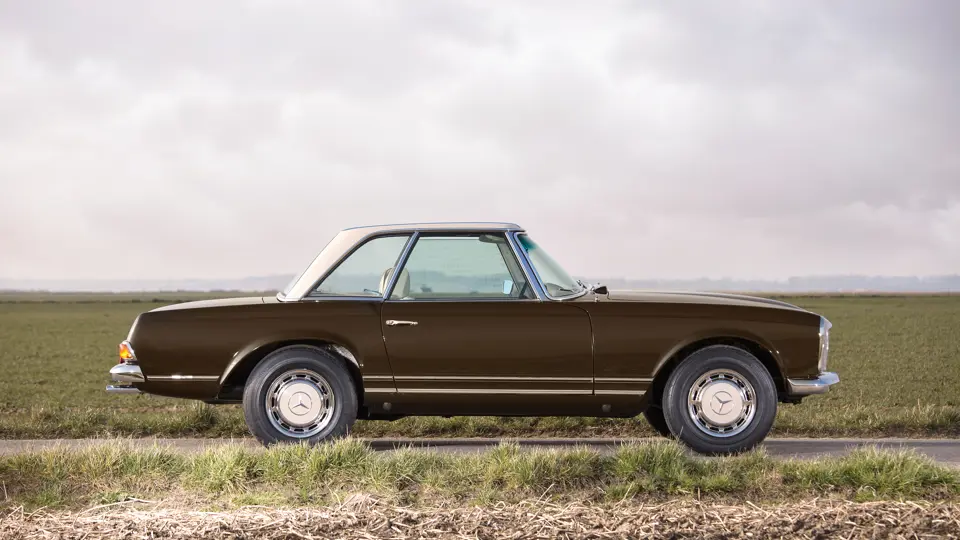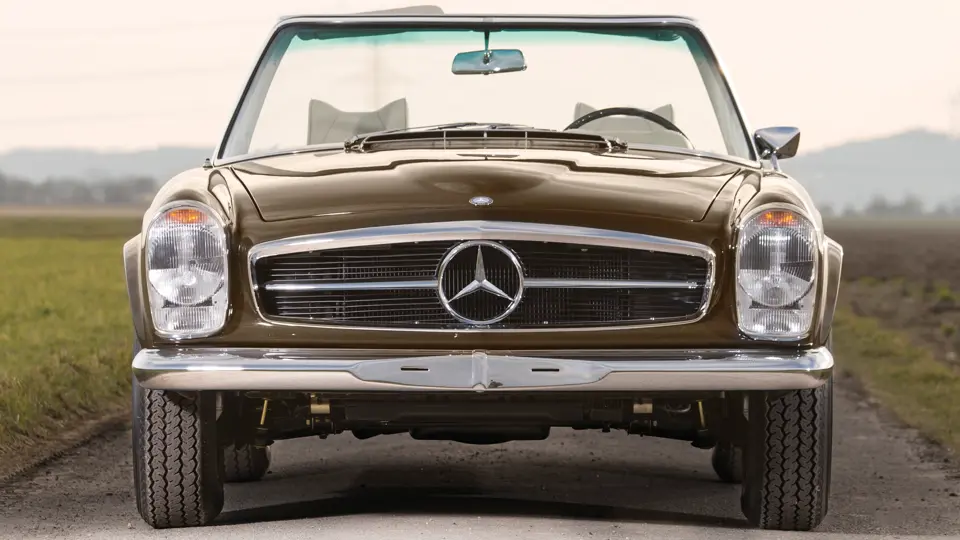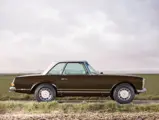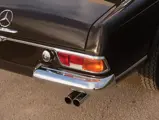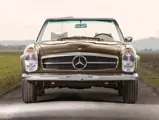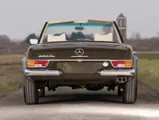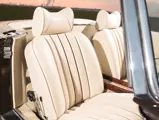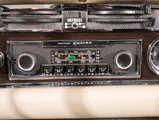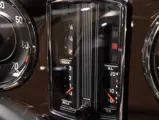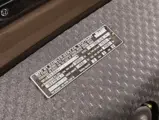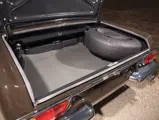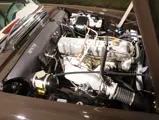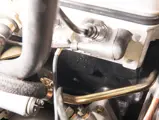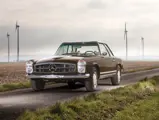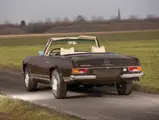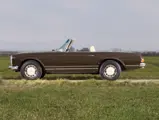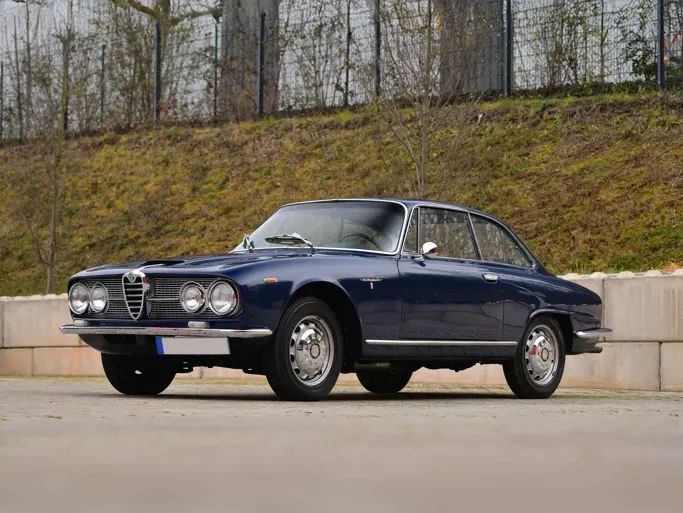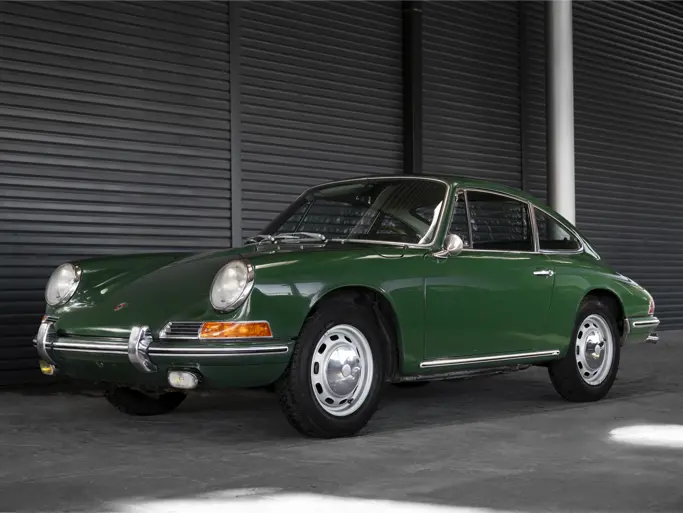180 bhp, 2,778 cc overhead-cam inline six-cylinder engine, four-speed manual transmission, coil spring four-wheel independent suspension with control arms in front and swing axles in rear, and four-wheel power-assisted hydraulic disc brakes. Wheelbase: 2,400 mm
The Mercedes-Benz product line of the late 1950s had a glaring void. The 300 SL sports car was magnificent but financially out of the reach of many, whereas it’s 190 SL sibling, developed from an entry-level sedan, was more of a comfortable tourer. To remedy this, development began on a six-cylinder evolution of the 190 SL, internally coded W127 and intended to be badged as 220 SL. Along the way, however, the development was re-directed towards the S-Class, W112 platform. The result was the W113, a fuel-injected 2.3-liter sports car introduced at the March 1963 Geneva Motor Show. Badged 230 SL, it came as a roadster or as a coupé with the intriguing pagoda-shaped removable roof. Nearly 20,000 were built through 1967, of which more than half were exported, many of them to the United States.
Road & Track was impressed by its performance: “. . . the 230 SL really belongs to the fast car group. A standing quarter mile in 17.3 seconds is not bad, and on most highways, traffic or speed limits will decide the average speed, not the car . . . . The manual-shift gearbox is first class with very fast, excellent synchromesh, and a shift lever position, which is exactly right”.
Successively larger engines kept the W113 in production through 1971, as the 250 SL and finally as the 280 SL. The latter was introduced in December 1967, the engine bored out to 2,778 cubic centimetres, good for 180 horsepower. By the time the model was finally succeeded by the R107 and C107 cars, nearly 50,000 W113s had been built.
This 1970 280 SL was purchased new on 29 January 1971 by Tom and Stephanie Walthes of Northbrook, Illinois, who traded in a three-year-old Mercury Cougar against the $8,897 purchase price. In original ownership until recently, it has since been treated to a full restoration in Germany. At that time it was converted to European specifications, including metric instruments, and desirable European lighting and bumpers. Re-finished in the original Tobacco brown paint, now with beige interior and matching carpets, it has a crème-coloured canvas convertible roof, supplemented by the characteristic Pagoda hard top, in complementary light beige. Features include heater-defroster, dashboard clock, and a Becker Europa four-band radio. A numbers-matching example, it comes with an original sales invoice, Illinois title, and the original owner’s manual.
Every collection of European automobiles needs a W113 Mercedes-Benz, and this is a fine example.
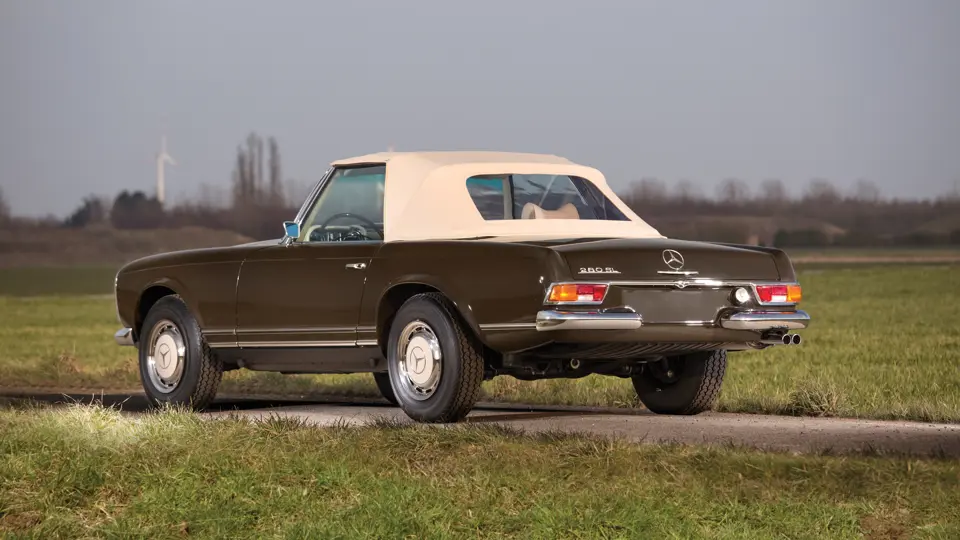



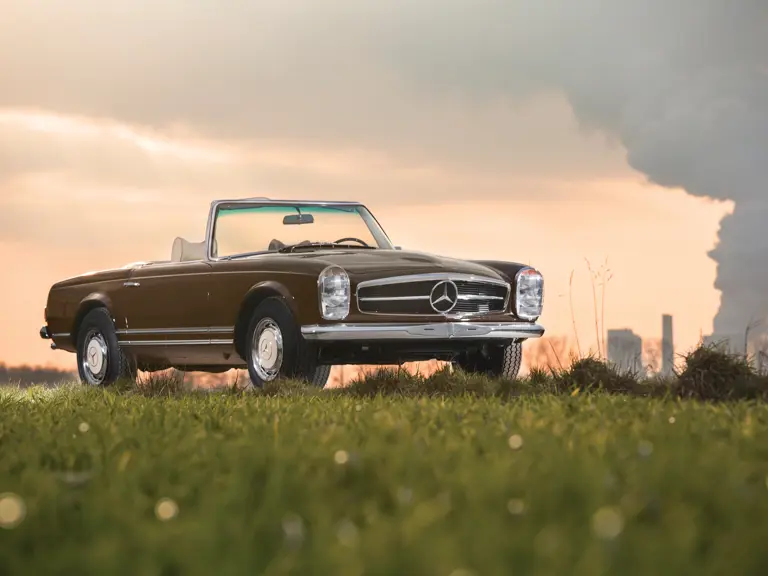
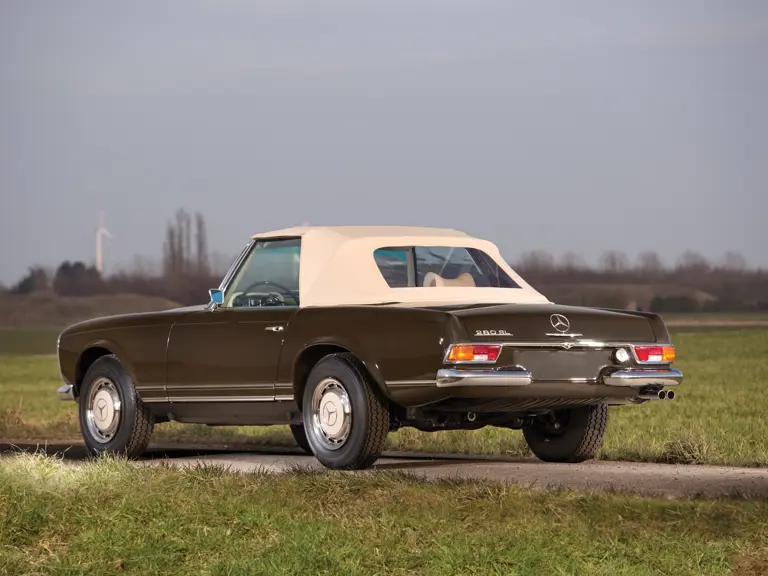
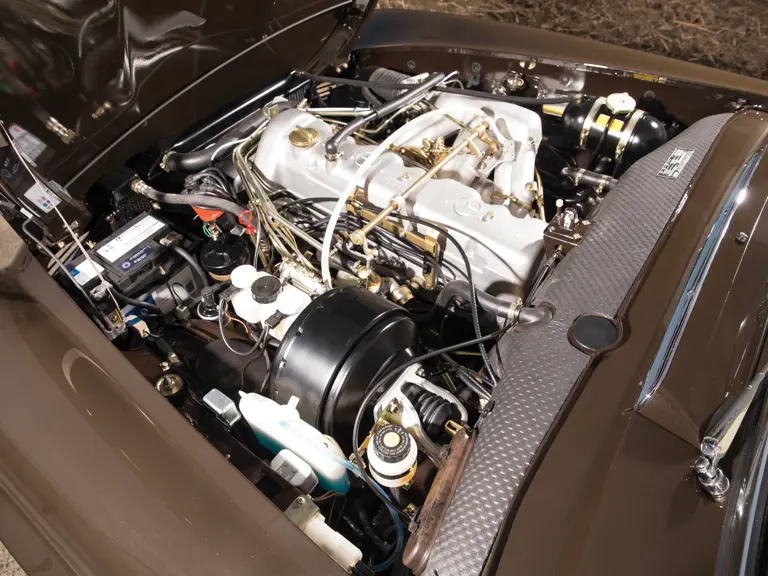
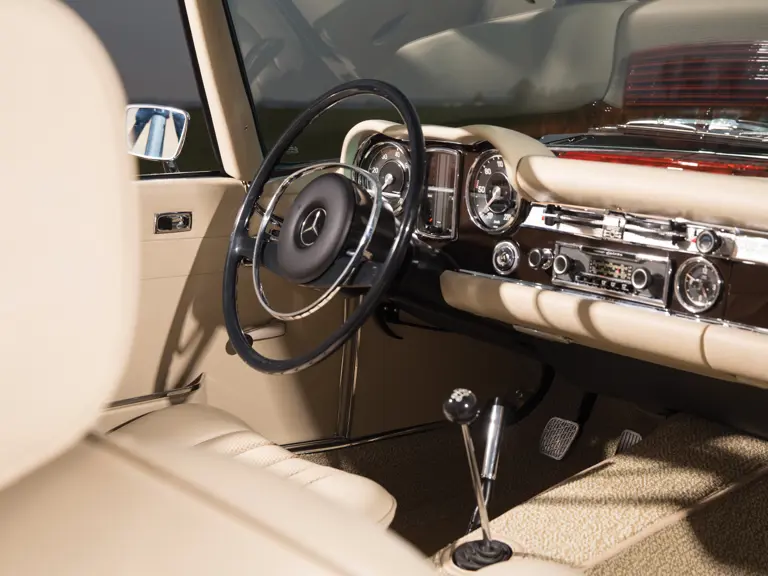

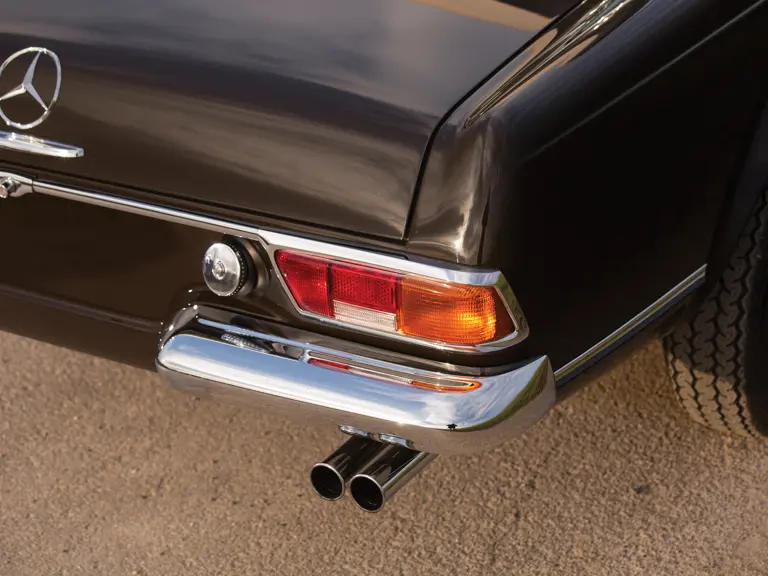
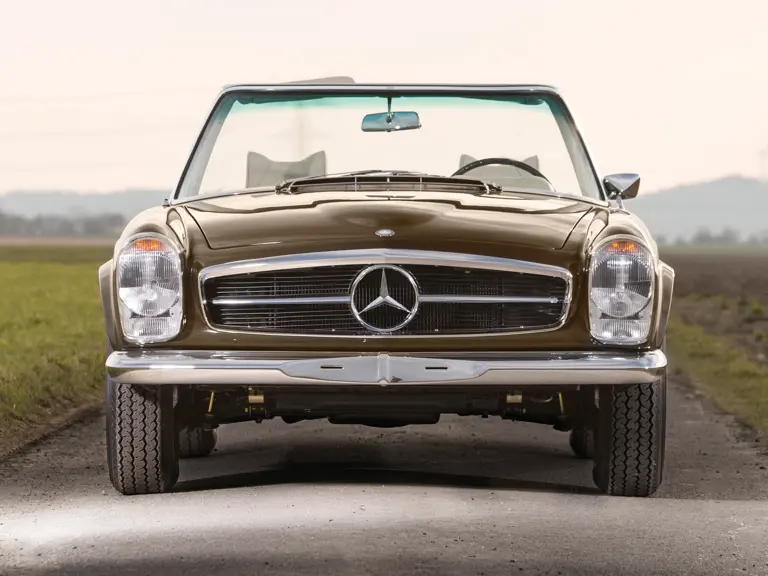
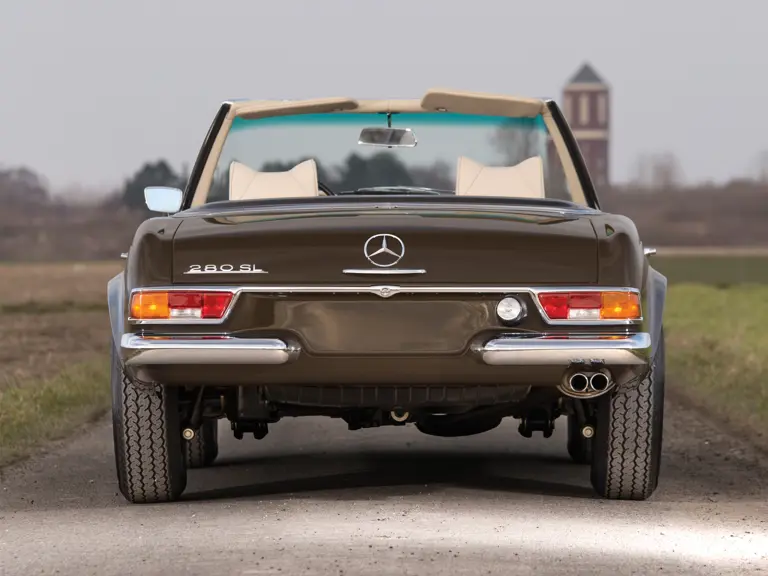
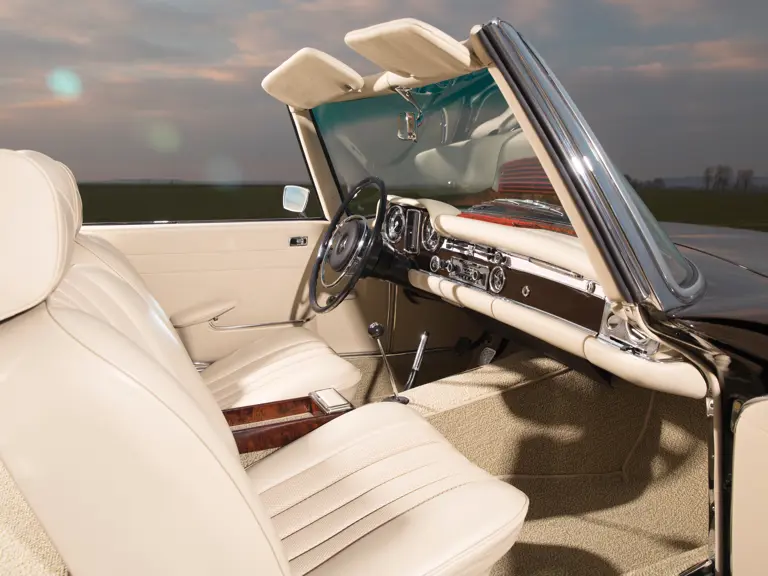
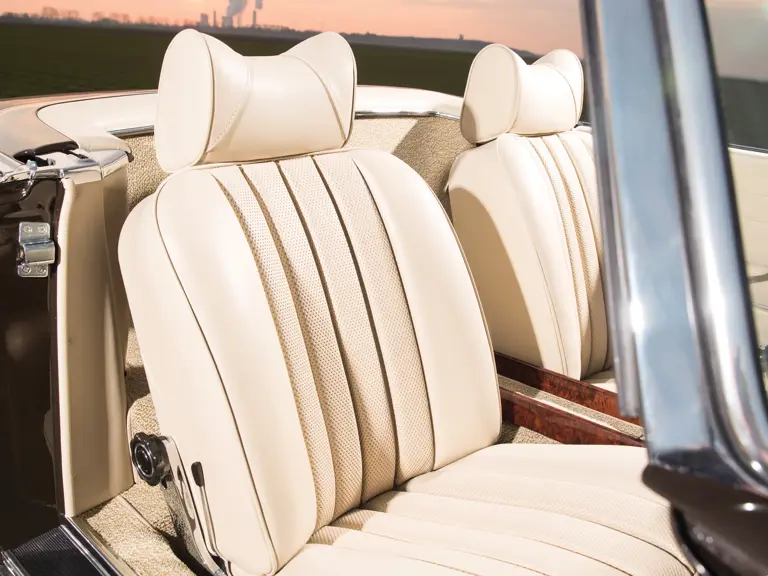

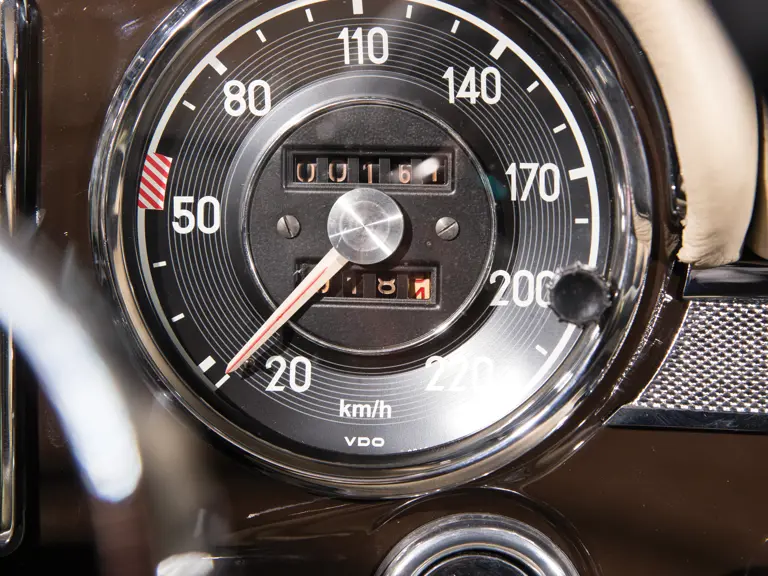
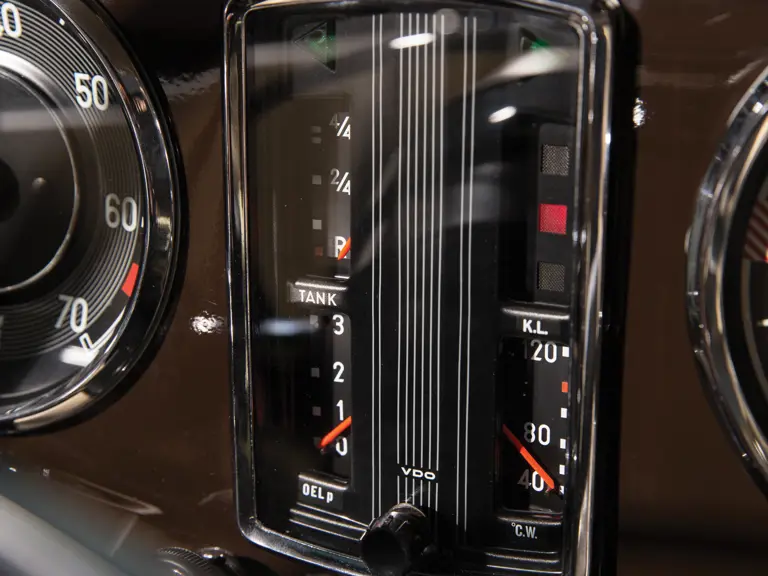

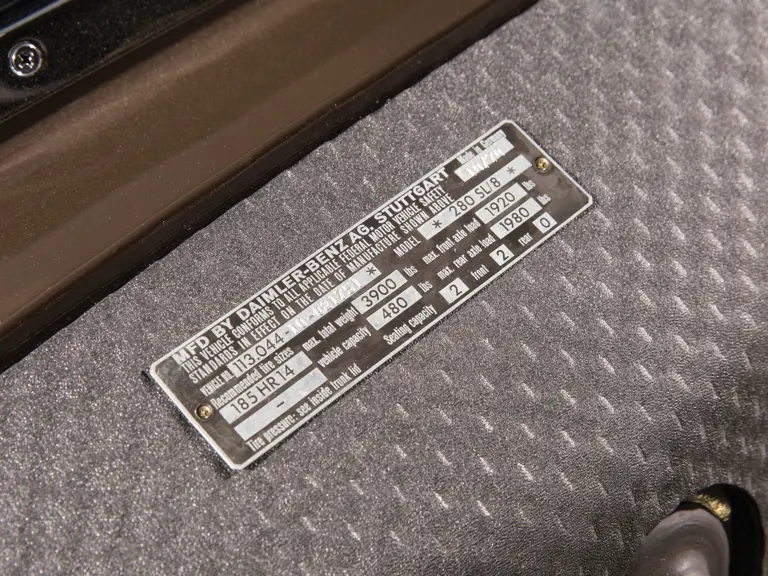
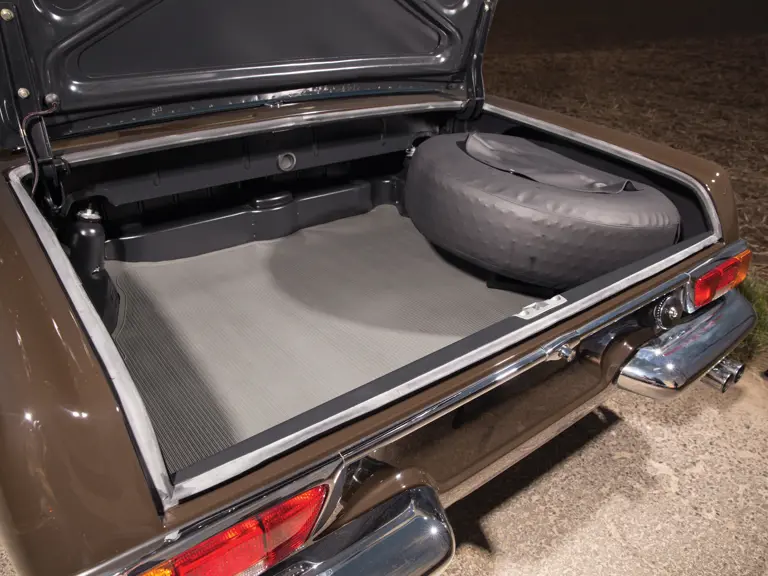
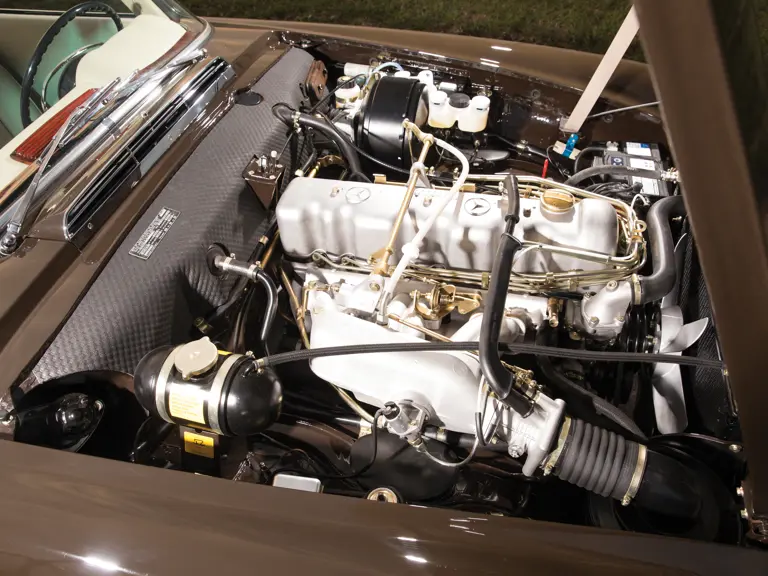

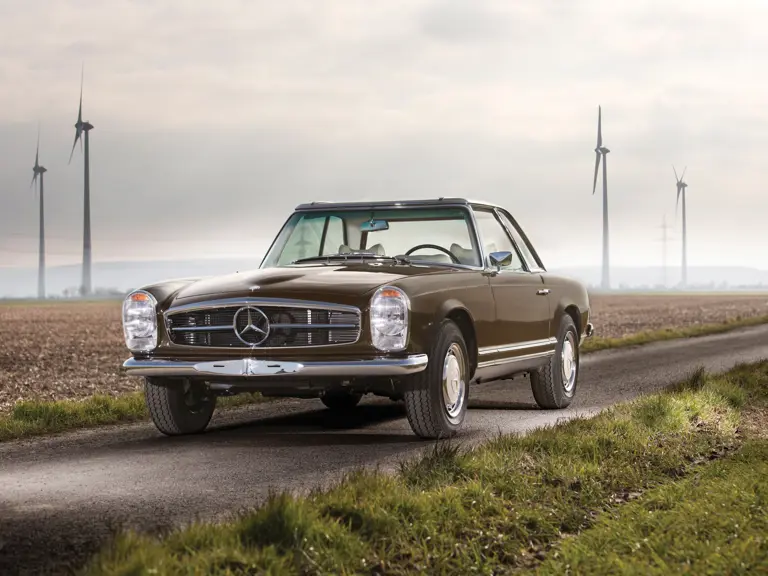

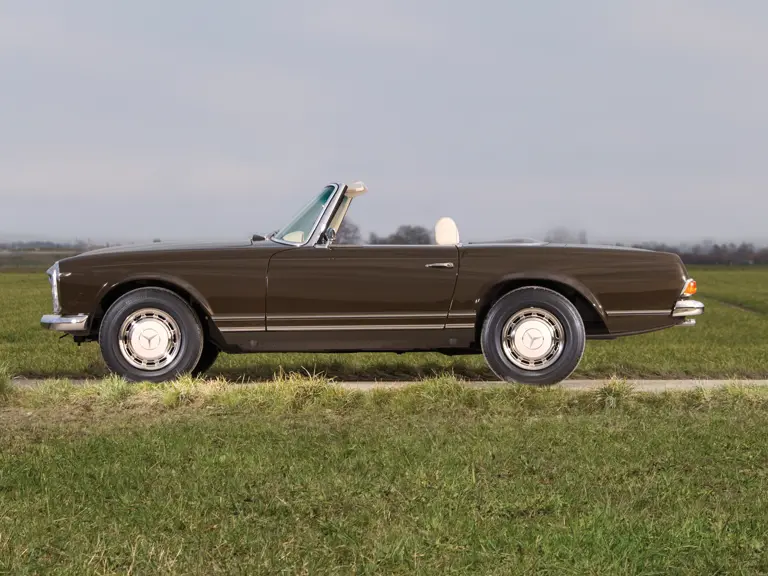
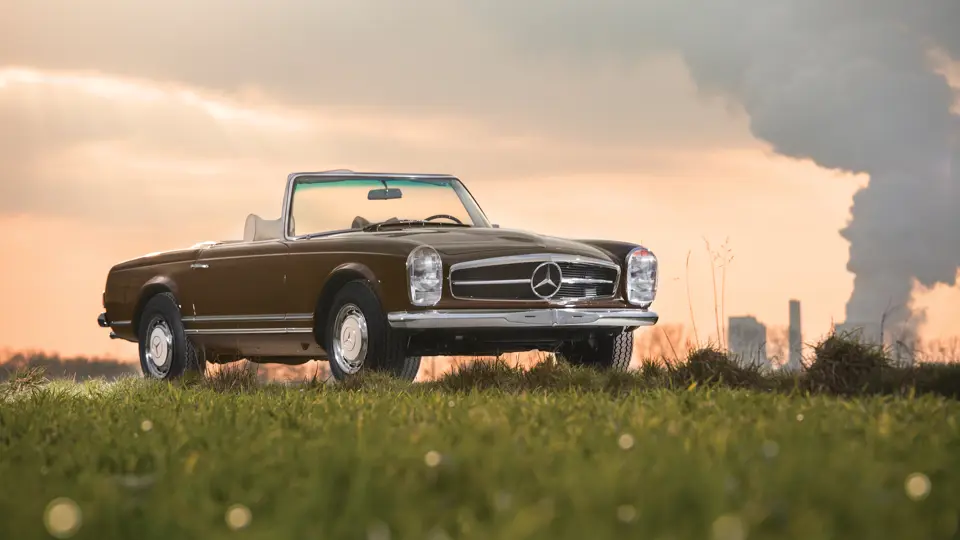
 | Monte Carlo, Monaco
| Monte Carlo, Monaco
